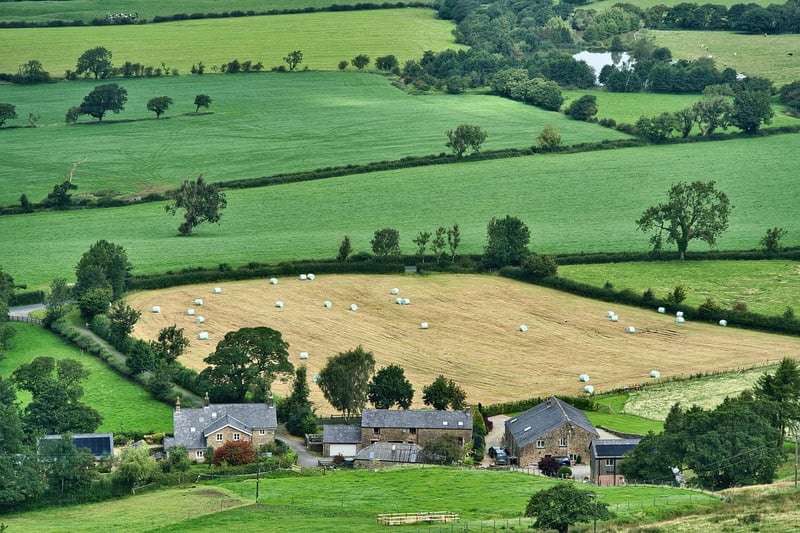Sky Gardens
Optimizing Vertical Space for Crops + Sky Gardens
Vertical farming and sky gardens are innovative techniques that maximize space utilization for crop cultivation. By growing plants vertically, whether indoors or outdoors, farmers can increase their yield per square foot significantly. Let's explore how these methods work and their benefits.
Vertical Farming:
Vertical farming involves growing crops in vertically stacked layers. This method often utilizes controlled environment agriculture technology like hydroponics or aeroponics. By stacking trays or shelves on top of each other, farmers can grow more crops in a smaller footprint compared to traditional farming methods.

Benefits of Vertical Farming:
- Maximizes land use efficiency
- Reduces water consumption
- Minimizes the need for pesticides
- Enables year-round crop production
- Provides fresh produce in urban areas
Sky Gardens:
Sky gardens are green spaces created on rooftops or terraces of buildings. These elevated gardens not only enhance the aesthetic appeal of urban landscapes but also offer numerous environmental benefits. Sky gardens can be used for growing food, creating habitats for beneficial insects, or simply providing a relaxing green space in the city.

Benefits of Sky Gardens:
- Improves air quality
- Reduces urban heat island effect
- Enhances biodiversity in cities
- Provides insulation for buildings
- Creates recreational spaces for residents
Both vertical farming and sky gardens play a crucial role in sustainable urban agriculture by utilizing vertical space efficiently. By incorporating these methods, cities can become greener, healthier, and more self-sufficient in food production.
Start exploring vertical farming and sky garden concepts to see how they can transform the way we grow crops and interact with our urban environments!
